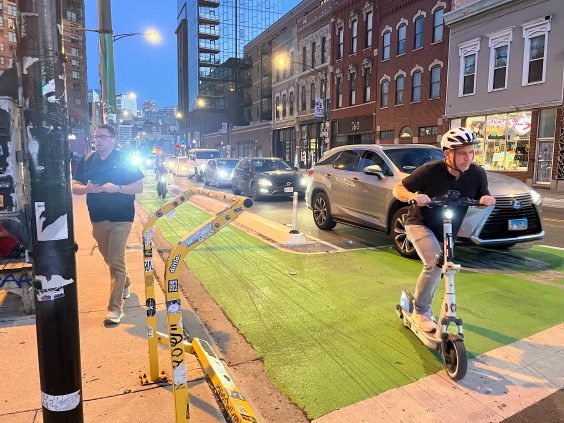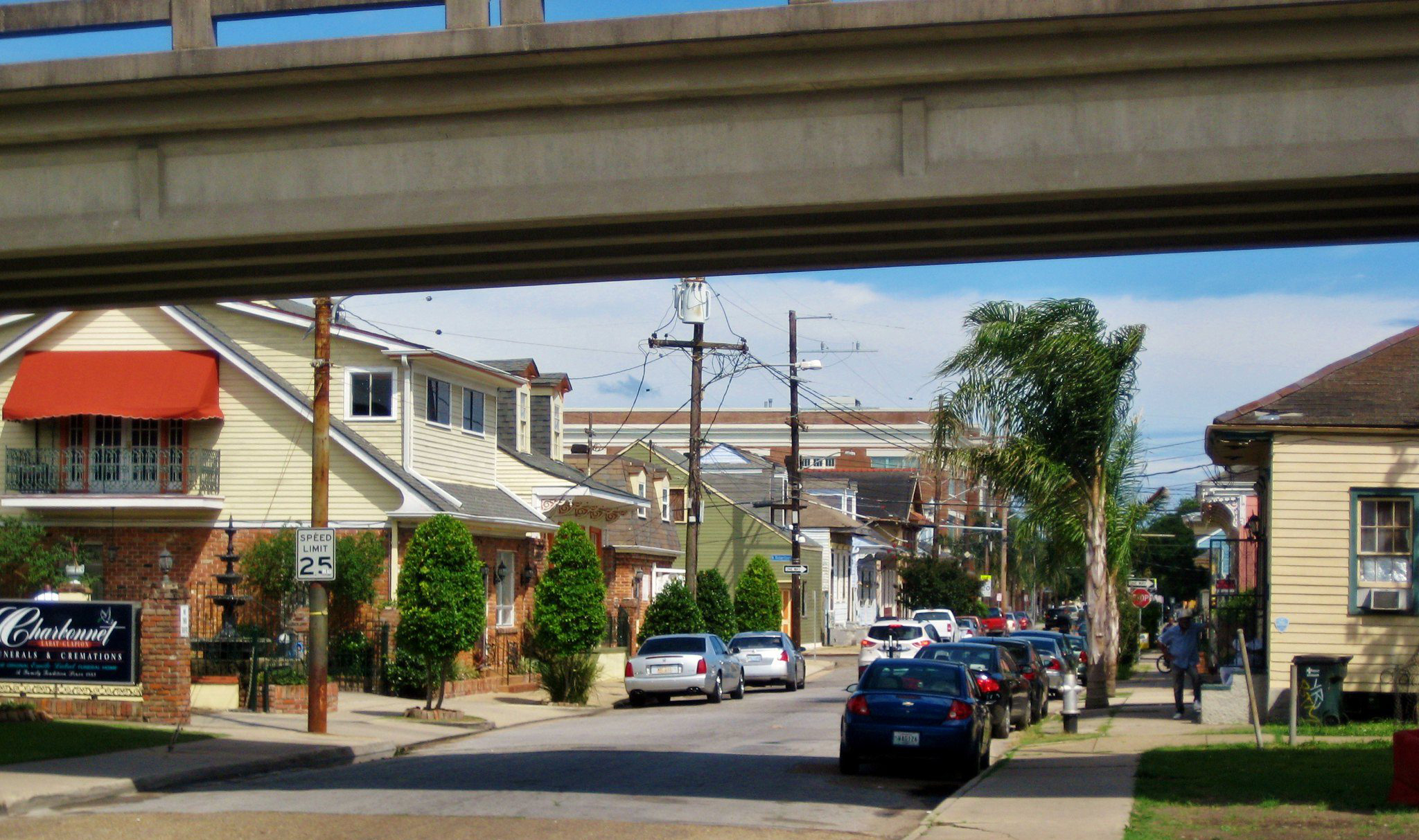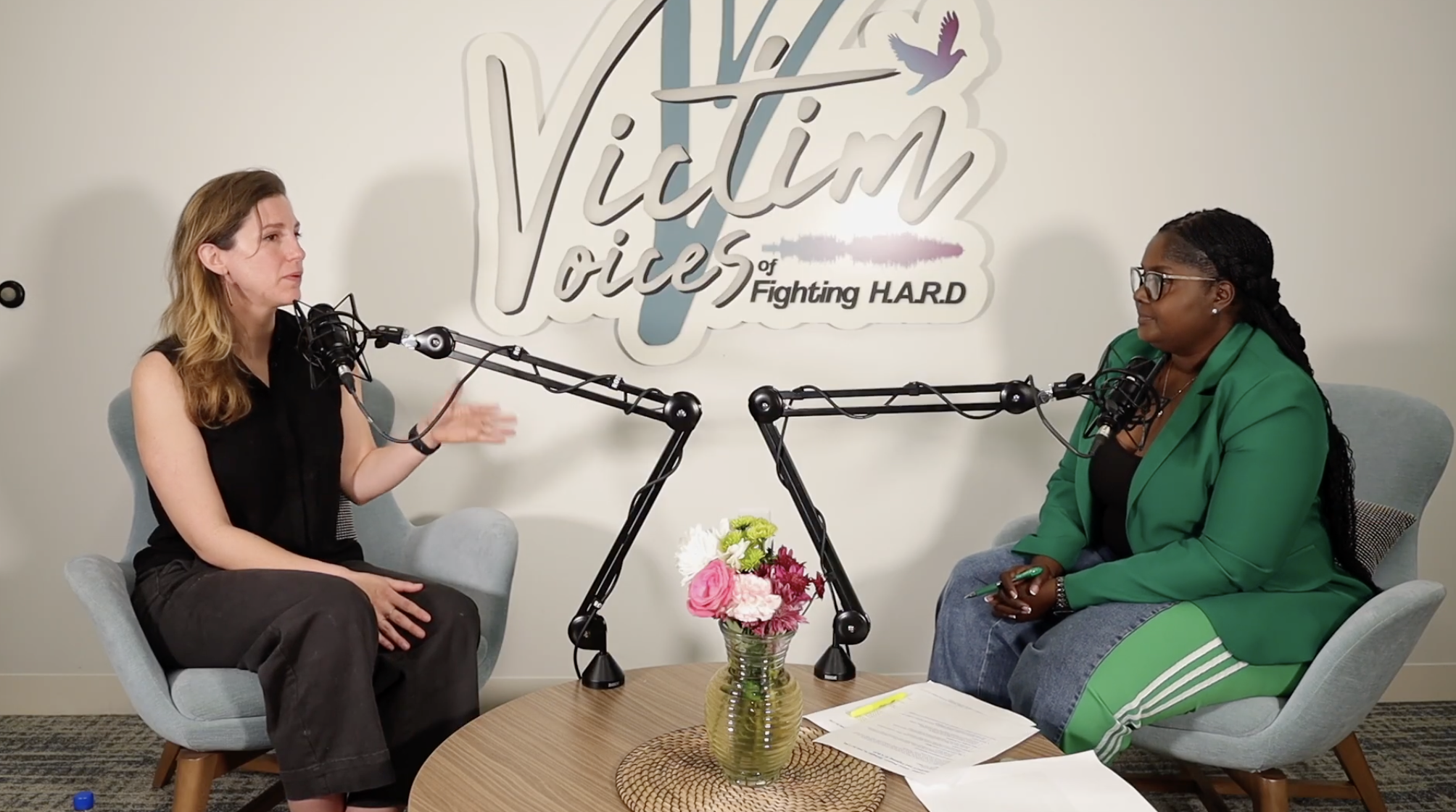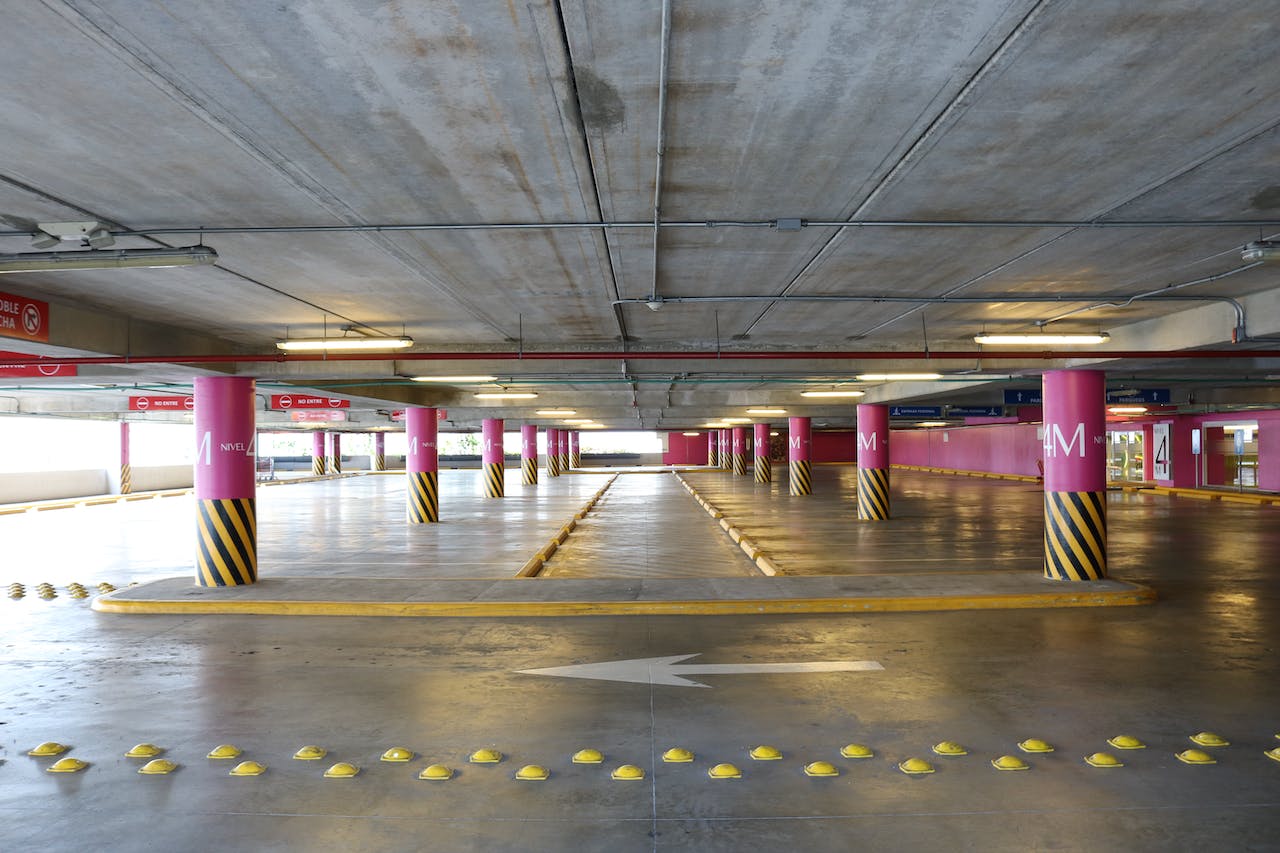A boundary-pushing researcher and artist is using the power of sound to make communities more welcoming to people outside cars, and sparking a conversation about how tactical urbanism can engage all the senses to become a more powerful tool to reimagine public space.
In a recent article published in City, Venice-based academic, musician, and sound artist Nicola Di Croce documented his 2022 effort to reimagine the sonic environment of Montreal's Place de La Paix, in direct collaboration with residents themselves — and why other communities should add an auditory dimension to their "tactical urbanism" projects.
Usually credited to Mike Lydon and Anthony Garcia, who literally wrote the book on it, tactical urbanism uses reversible, inexpensive infrastructure to temporarily transform streets, like adding planters to protect bike lanes and using paint to visually extend curbs and slow drivers down. Those temporary experiments, in turn, can show residents the benefits of that infrastructure in real time, reducing resistance to innovative approaches and whetting the public's appetite for permanent changes.
Those experiments, though, usually don't consider the broader sensory experience of city environments beyond the happy side effects of shifting travelers from cars to other modes, like reducing road noise from tires and the stench of tailpipe fumes. Di Croce argues that by starting with the impacts of our urban design choices that we can't see, though, we can open up a deeper conversation about how people feel in their places — and get to the root causes of why they move the way they do.
"In our cities, we need to pay greater attention to the sensory environment more generally," he adds. "We don't even think about why we take one street instead of another, if we walk in a neighborhood based on the colors of the lamps, for example. There are a lot of things we do without even thinking about why we take those decisions — and that means that we don't really have a vocabulary to talk about it."
Watch the above video here.
To help Montrealers develop that vocabulary, Di Croce blended art and participatory design with a series of what he calls "participatory workshops focused on the sonic experience of the neighborhood," soliciting responses from more than 200 residents in the process.
Perhaps unsurprisingly, many of those residents expressed that they wished transportation leaders would do more to turn down the racket from cars, or at least "‘mask’ the traffic noise"; more specifically, though, they wanted to turn up the volume on natural sounds, as well as sounds that "draw attention to the different users of the space, thus inviting people to spend their time and enjoy the square."
In Place de La Paix, those sounds included the percussive clatter of skateboarders' wheels, the scrape of forks on plates at nearby cafes, and the whoosh of a baton-twirling street performer, all of which Di Croce recorded on site. He also captured the park's natural sounds, like birdsong and leaves skittering across pavement. And he even included what would usually be considered the noise pollution of the built environment, like the whine of passing automobiles, mixing them all together into a harmonic composition where those ambient noises are transformed into found instruments.
"One of the secrets of the success of this installation was that everything was originating from sounds from that same square — but transformed and rearranged," he adds. "It was not something alien to the place."
The result is hypnotizing, strangely beautiful, and offers a fascinating sonic preview of how this corner of Montreal might sound if transportation leaders made different design choices — particularly those that deprioritize automobiles.

For Di Croce, though, the project also challenges conventional wisdom that urban noise policy should only be about encouraging more silence.
"It's very funny, but by adding sound, the result was a more calm and quiet and relaxing experience — which is not something you would expect," he added. "But [creating a calm environment is] more about how those sounds are harmonizing, and how they're giving you a sense of tranquility, more than the just the decibel measurements and [more conventional measurements of] the 'noise pollution' of the city."
Other researchers, meanwhile, have questioned the policies that govern our urban soundscapes — particularly when it comes to equity. While some urbanists embrace technologies like "noise cameras" that fine drivers who deliberately modify their mufflers to make them louder, others warn that similar policies can be selectively weaponized in harmful ways, like police harassing people people of color who play music while walking down the street.
Di Croce hopes that by temporary, tactical, sonic interventions like his might help cut through that debate by creating soundscapes that communities want to hear, based on their direct feedback — rather than relying on top-down policing to force neighborhoods to sound the way institutions decide they should.
He argues that's even more important when neoliberal forces like corporations and repressive governments are aggressively shaping our urban environments — and dictating that certain sounds, like honking car horns, are perfectly acceptable, while others, like an unhoused person busking for change with her guitar, are not.
"Institutional decisions are connected with power dynamics, economic dynamics, and financial dynamics, which are not really meant to improve our quality of life," he adds. "They're just meant to improve the economic success of an urban area, and the profits of corporations. ... Tactical urbanism [allows] the engagement of different expertise. I believe artists could really help communities [do that] from the inside."






